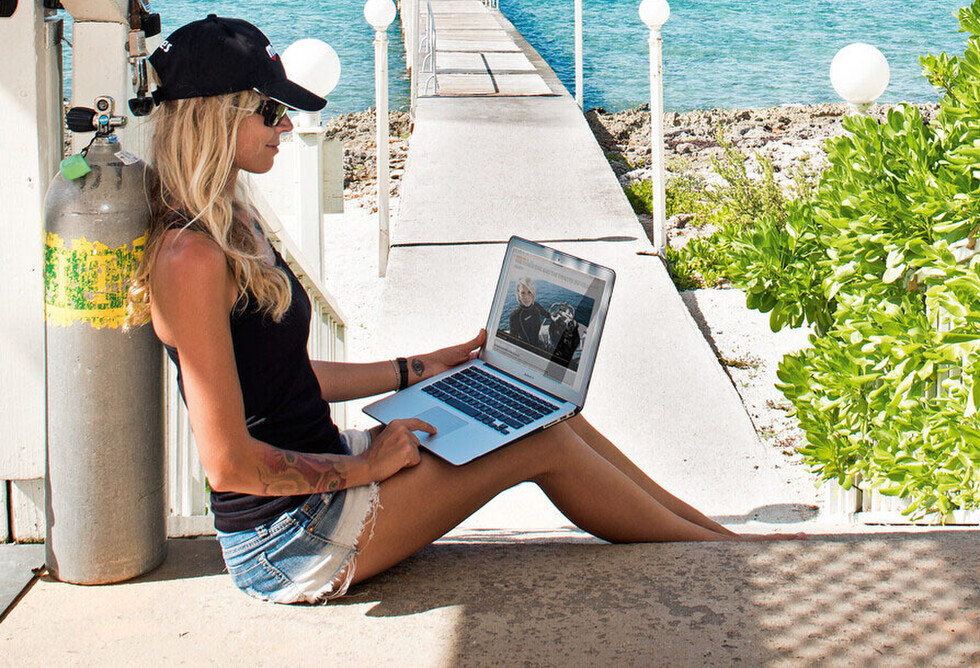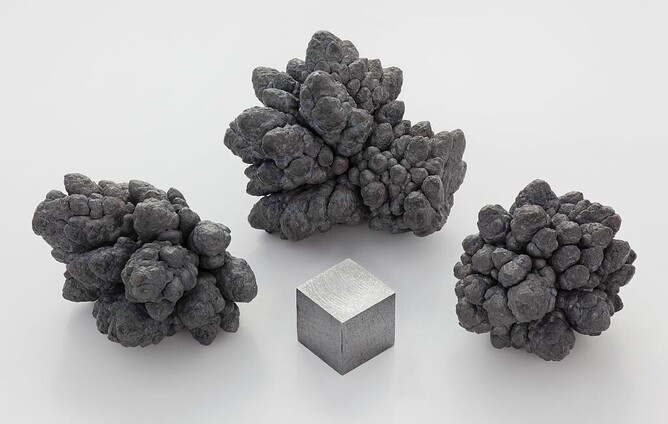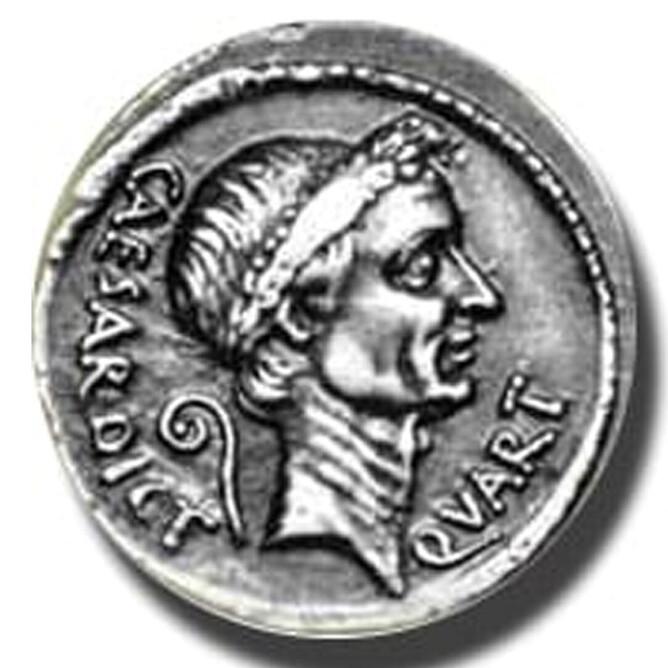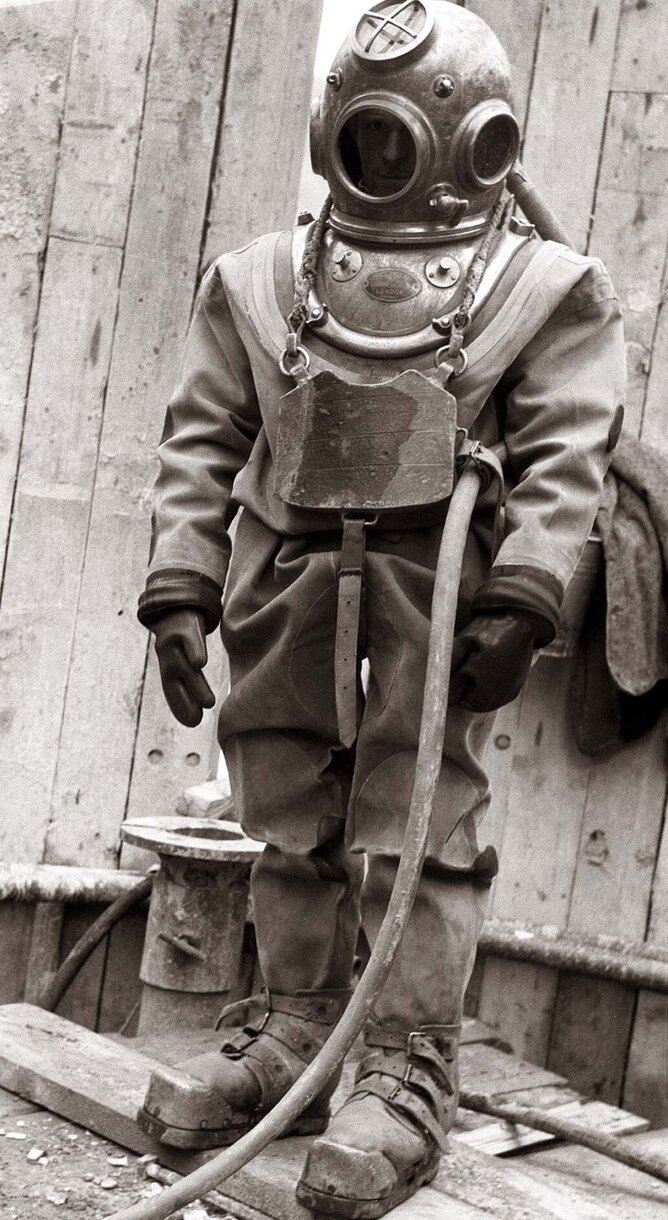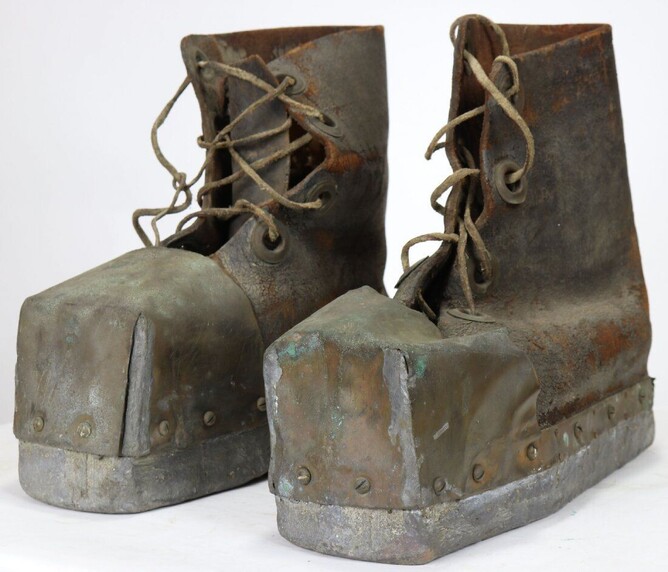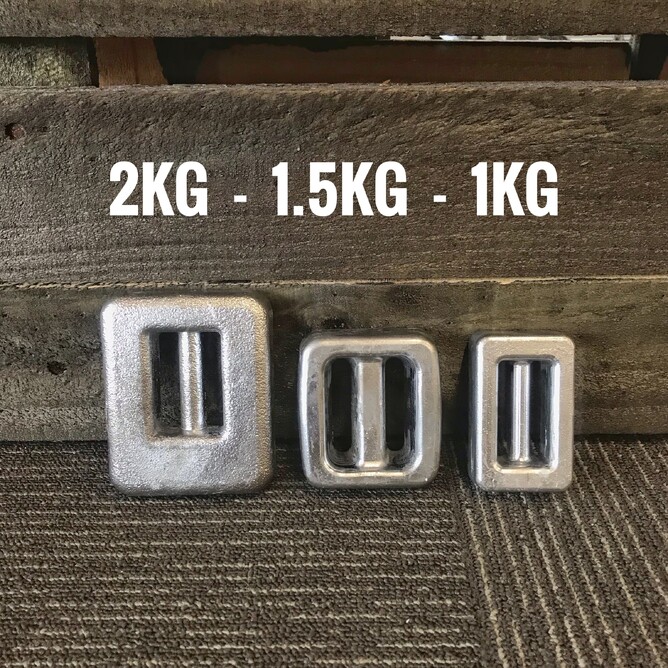The use of lead in diving
Lead weights, where would we be without them?
Probably still floating at the surface. For divers they are an essential part of our Buoyancy system.
The buoyancy system is made up of two main parts: the Buoyancy Compensator (BC) and the weight system. These two parts are what keep you flying through the water without having to fight against your natural buoyancy. It will help you descend to begin your dive effortlessly, stay neutral when you have reached your target depth, and ascend when you're ready to return to the surface.
To compensate for the positive buoyancy of your body and your exposure suit, you will need additional weight to descend. Weight belts and weight (quick release) pockets are designed to carry this additional weight and are designed to easily disengage (drop) in case of emergency.
But why do we use Lead and what is it?
Mares soft pocket weight belt
________________________________________________________________________________
Lead is a chemical element that is known in the Periodic Table by the symbol Pb (from the Latin plumbum) and has an the atomic number 82. It is a heavy metal that is denser than most other common materials (metals). Lead is soft, malleable and easy to work with, and also has a relatively low melting point therefor easy to caste into a variety of shapes. When freshly cast or cut, lead is silvery with a hint of blue but it tarnishes to a dull grey colour when exposed to air (Oxidisation).
Lead is a highly toxic metal and a very strong poison. Lead poisoning is a serious and sometimes fatal condition. It occurs when lead builds up in the body. With regard to its use in diving though, don't worry you are not at risk so long as you don't eat your lead weights!
Since lead is easily extracted from its ores, prehistoric people were aware of it. Galena is a principal ore of lead which also often bears silver. Interest in silver helped initiate widespread extraction and use of lead in ancient Rome. Lead touched many areas of Roman life. It made up pipes and dishes, cosmetics and coins, bullets and paints. Eventually, as a host of mysterious maladies became more common, some Romans began to suspect a connection between the metal and these illnesses. Eventually lead production declined after the fall of the Roman empire and did not reach comparable levels until the Industrial Revolution.
During the Industrial Revolution lead played a crucial role in the development of the printing press, as movable type could be easily cast from lead alloys. By 2014, the annual global production of lead was about ten million tonnes, over half of which was from recycling. Lead's high density, low melting point, ductility and relative inertness to oxidation make it a useful material. These properties, combined with its relative abundance and low cost, resulted in its extensive use in construction, plumbing, batteries, bullets and weights (including weight for the SCUBA market.
Roman (lead) coin
________________________________________________________________________________
Since mankind has been venturing underwater in SCUBA we have utilised lead in our diving due to its density. Bang for buck lead is relatively cheap and provides much downward force (gravitational pull) in a small package:
Lead weighs in at 11.29 gram/cm3 at 20 °Celsius and has a melting point of 327.5 °C.
As Scuba diving and Scuba equipment developed, so did the weight system and how it was worn. A few years back while we were working in the Mediterranean we were lucky to take an elderly diver (from Liverpool, UK) out on a days expedition diving. Frank was his name and Frank (then 79 years old) learnt to dive in the late 1950's/early 1960's, (in the river Mersey which is brown and probably zero visibility), when dive equipment was either rudimentary, not available or not yet existed.
During the time we spent with him he told us many stories of how they used to make their own wetsuits, harness system (made from car seat belts) to hold their homemade scuba tanks (stolen from refrigerated systems on trucks, and with a smile on his face explained that his weights were made from "Lead nicked off the roof of the local church". Franks defence and explanation for this was it was "Holy lead" therefor kept them safe in their homemade dive equipment. We managed to take Frank on a famous dive called the Inland Sea which he had wanted to do all his life. Frank was quite a handful in the water, struggled with his buoyancy and after the dive thanked us dearly, shook our hands and announced that it was his last dive, he was sadly too old and he retired from diving that day!
Back in the days of Diving Helmet divers their weight system would be worn around the neck and also in their boots. These divers definitely were not "flying" through the water and were firmly rooted to the floor. If you think your weight system is heavy to handle out of the water imagine how these systems would feel?
Standard diving dress?
Standard diving dress, also known as hard-hat or copper hat equipment, or heavy gear, is a type of diving suit that was formerly used for all relatively deep underwater work which included marine salvage, civil engineering, pearl shell diving and other commercial diving work including naval diving applications. Standard diving dress has largely (thankfully) been superseded by lighter and more comfortable equipment.
Standard diving dress consists of a diving helmet made from copper/brass or bronze, an air hose from a surface-supplied manually operated pump or low pressure breathing air compressor, a waterproofed canvas suit, a diving knife, and weights to counteract buoyancy, generally on the chest, back and shoes. Later models were equipped with a diver's telephone for voice communications with the surface.
There are two weight systems, both are still in use. The earlier helmet weights are used in pairs. The large horse-shoe type weights hold the buoyant helmet down and are suspended from the corselet by figure eight hooks that go over the breast plate weight studs. The other system is the weight harness, which is a weight belt that fastens around the waist with shoulder straps which cross at the back and go over the breast plate at the shoulders, often with a crotch strap to prevent the harness from riding up when the diver works in tilted positions. The harness system puts the centre of gravity lower, for better upright stability, and prevents excessive weight shift when the diver must work in awkward positions. These type of weight systems could weigh in at around 38kg !
Weighted shoes
The helmet divers would also use heavily weighted shoes to steady them on the bottom. The weighted sole is bolted to a wooden insole, which in turn has a leather, canvas or rubber upper. Lead was the most common sole and a pair could easily weigh in at 15 kg.
Thats a weight system that would weigh over 50kg
Recreational diving weights
For recreational divers we thankfully do not require this volume of weight and it is essential to be correctly weighted. During your entry level training your Instructor should have worked closely with you throughout your course to ensure your weight is trimmed down to an absolute, safe minimum.
When correctly weighted you will be able to get into correct trim (not seahorse position), you will be much more comfortable and your gas usage will reduce drastically. Unfortunately many Instructors will over weight their divers (makes their job easier?). These divers once certified will then continue to dive over weighted. From what we have witnessed, in 35 years of diving and working all around the world, probably 90% of divers coming to us are over weighted. When training with Aotearoa Dive we work hard to ensure your Buoyancy system and weighting are correct, we do it right!.
For the recreational market the common lead weight sizes are 2Kg, 1.5Kg and 1Kg. This enables the diver to really get their weight just right. These are available in store or online CLICK HERE
If you would like further training to get your buoyancy, trim and weighting correct the SSI Perfect Buoyancy program will get you where you want to be. The Perfect Buoyancy specialty will teach you advanced buoyancy skills and techniques so you can master your buoyancy more quickly and enjoy more relaxed dive adventures.
For further information CLICK HERE
